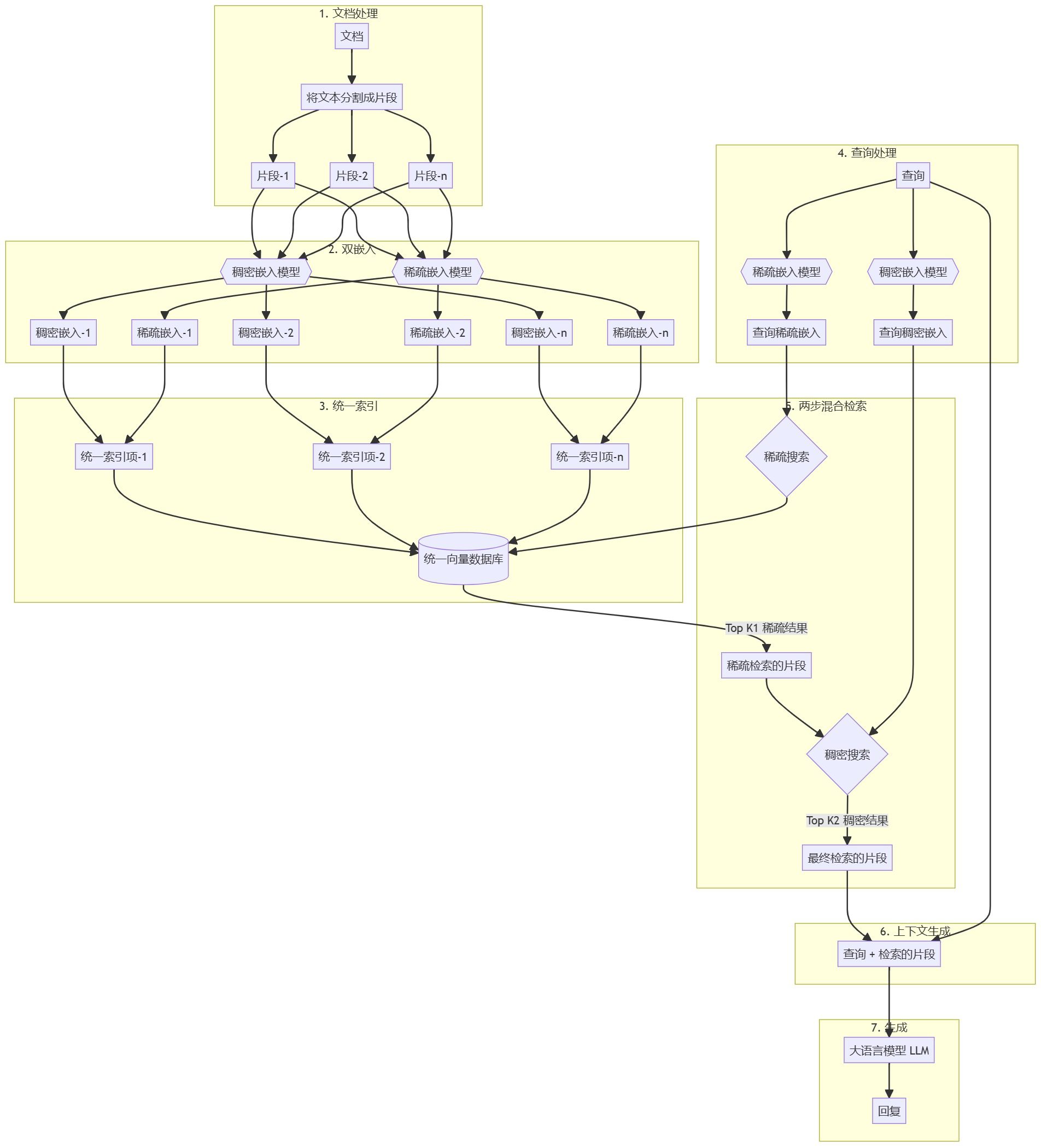AI Engineering College: 2.8 mixed RAG (same as 2.9)
Sentence Window Based Retriever RAG methodologies

introductory
The Sentence Window-based Retrieval-Augmented Generation (RAG) method for retrievers is a high-level implementation of the RAG framework designed to enhance the context-awareness and coherence of AI-generated responses. The approach combines the advantages of large-scale language models with efficient information retrieval techniques to provide a powerful solution for generating high-quality, context-rich responses.
https://github.com/adithya-s-k/AI-Engineering.academy/tree/main/RAG/03_Hybrid_RAG
locomotive
Conventional RAG systems often struggle to maintain coherence across a wider range of contexts, or have difficulty processing information across multiple blocks of text. Sentence window-based retriever approaches address this limitation by preserving the contextual relationships between text blocks during the indexing process and utilizing this information during retrieval and generation.
Methodological details
Document preprocessing and vector store index creation
- Document Splitting: Split the input document into sentences.
- Text Block Creation: Groups sentences into manageable chunks of text.
- embedding: Each text block is processed through an embedding model to generate a vector representation.
- Vector Database Index: Stores the IDs of text blocks, text contents and embedding vectors into a vector database for efficient similarity search.
- Document Structure Index: Stores relationships between blocks of text individually, including references between each block and the k preceding and following blocks.
Retrieval Enhancement Generation Workflow
- query processing: Embedding of user queries using the same embedding model as for text blocks.
- Similarity Search: Use query embedding to find the most relevant chunks of text in a vector database.
- context extension (computing): For each retrieved text block, the system obtains the k neighboring text blocks before and after it from the document structure database.
- contextualization: Combine the retrieved text block and its extended context with the original query.
- generating: Passing extension contexts and queries to large language models to generate responses.
flow chart
The following flowchart illustrates the Sentence Window-based Retriever RAG method:

Key features of the RAG
- Efficient retrieval: Utilizing vector similarity search for fast and accurate information retrieval.
- context-sensitive: Preserve the relationship between document structure and text blocks during the indexing process.
- Flexible Context Window: Supports dynamic resizing of the context window during retrieval.
- scalability: Can handle large collections of documents and diverse query types.
Advantages of this method
- Improving coherence: Generate more coherent and contextually accurate responses by including adjacent blocks of text.
- Reduction of hallucinations: Reduce the probability of generating incorrect or irrelevant content through retrieved contextual information.
- Efficient storage: Optimize storage space by storing only the necessary information to the vector database.
- Adjustable Context Window: Dynamically resize the context window according to different query or application requirements.
- Retaining document structure: Preserve the original structure and information flow of the document, making the generation more semantically comprehensible.
reach a verdict
The Sentence Window-based Retriever RAG approach provides a powerful solution for improving the quality and contextual relevance of AI-generated responses. By preserving document structure and supporting flexible context extensions, the approach addresses key limitations of traditional RAG systems and provides a reliable framework for building advanced Q&A systems, document analysis, and content generation applications.
© Copyright notes
Article copyright AI Sharing Circle All, please do not reproduce without permission.
Related articles

No comments...




